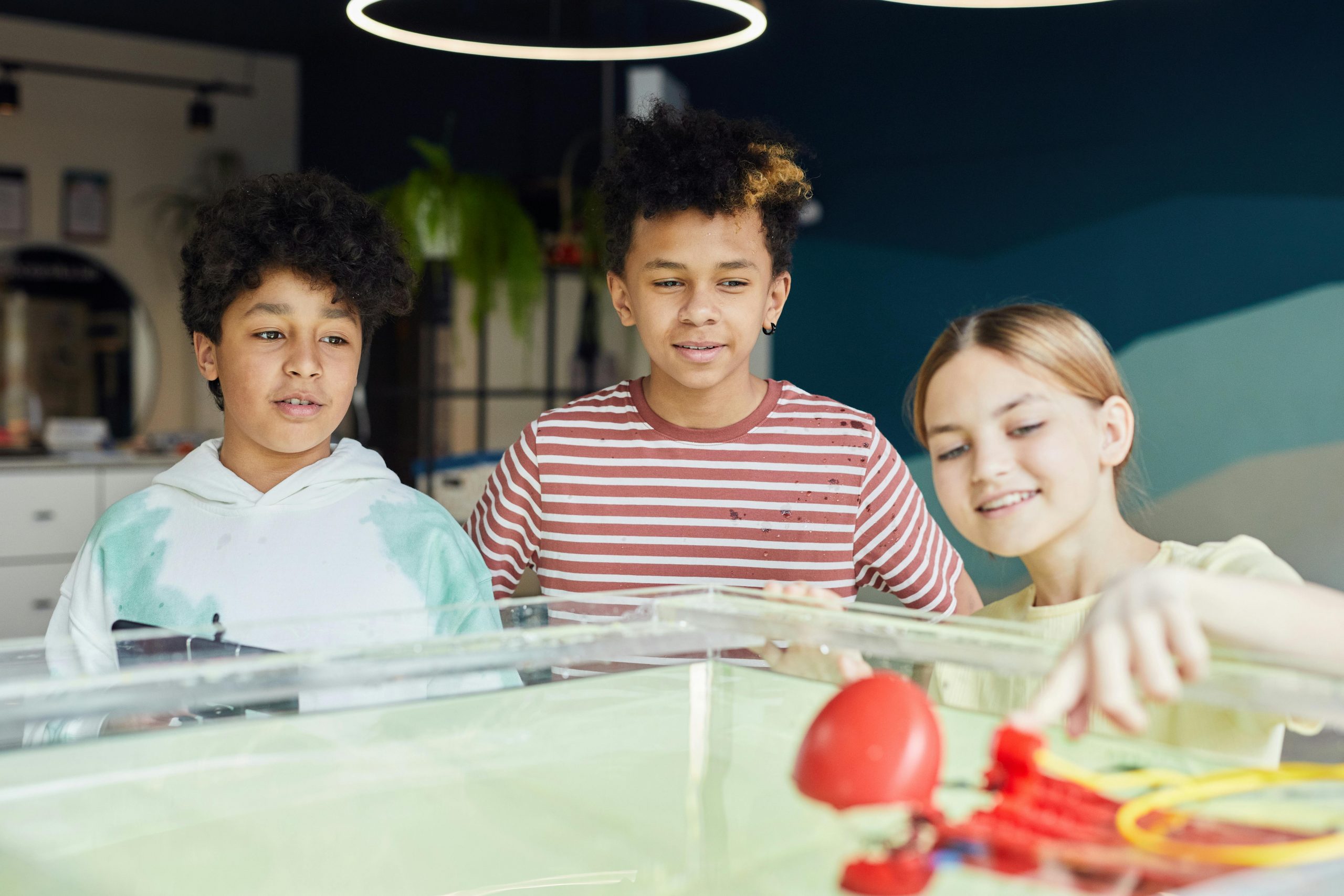What do most 3rd graders know that most Ivy League grads don’t? (…or at least, for as long as the unit is being taught…)
I was sitting in a teaching science methods class in university when my professor showed us a video of Harvard and Yale graduates being asked a very basic science question: “Why are there phases of the moon?”
You’d think this would be a slam dunk. These were literal Ivy League graduates. But guess what? Nearly all of them got it wrong. The kicker? It wasn’t that they hadn’t learned the right answer. They had. (3rd graders all across the United States and I’m sure around the world are taught this fact.) But when asked to explain it years later, they explained that the phases were caused by Earth’s shadow. Why? Because that explanation fits what we know about shadows and light. It’s what made sense in their minds—despite the facts they had been taught.
Spoiler Alert: Phases of the moon are not caused by shadows cast on the moon. After watching this video, I conducted my own research and looked for opportunities to ask all of my friends…and some strangers. They all said the same thing those Ivy League grads did!
But back to the video…Almost 20 years later that video still sticks with me!
Standing in my own classroom, I see the results of this case study play out again and again. We all know that students come to each lesson with prior knowledge and when they learn something new, unless it confronts what they already believe, that new knowledge just slides off like butter on a hot pancake.
That’s why tackling student misconceptions is such a powerful part of teaching—and one of the most real-world, real-teacher, real-kid things you can do.
Misconceptions Don’t Go Quietly
Students don’t change their minds just because we say, “Actually, here’s the right answer.” Their misconceptions are usually rooted in logical thinking—they just don’t have the whole picture yet. My mission is then to give them an experience that forces them to look again, think again, and come to a new conclusion on their own.
Here’s how I tackle student misconceptions.

Using Experiences to Tackle Misconceptions
1. Question
- Guiding Question
- Preassessment
Begin with a guiding question that gets students thinking. For example: “Why do we see different phases of the moon?”
Preassessments are paramount, but don’t overthink your preassessment. It could be a drawing, a sentence, or even a recorded explanation—just make sure it’s something they can reflect back on later.
2. Explore and Investigate
- Designing a learning experience
- Student communicate what they notice
- Identify patterns
Create an experience that allows students to see and feel the concept in action. Use what they believe to design an investigation that will directly challenge it. For example: Model the moon’s movement around the Earth in a dark room using a lamp as the sun—showing how half the moon is always lit.
You can help students discover the patterns for themselves. Don’t rush to explain. Let them notice. Ask guiding questions. For example: “What do you notice about the part of the moon that we see?”
3. Explain
- Reasons for patterns
- Terminology
- Revising thinking
Use models, discussions, drawings, or diagrams to help students express what they now understand. You can introduce key vocabulary after the experience so students can connect the words to experiences. This is far more powerful than connecting words to memorized definitions.
Now this is when students should revisit their original thinking and reflect on how their ideas changed. This is when the magic of tackling misconceptions happens.
Tip: Celebrate their growth. I love using the phrase “brilliant mistake” to describe logical misconceptions—they weren’t wrong, they were on the path!
4. Apply
- Demonstrate learning in new way
- Differentiated assessment of growth
Assess students by giving them an opportunity to apply their understanding in a new situation or scenario. Regurgitating what they have heard or read shows that they are good at memorizing…which is a great skill to have, but doesn’t necessarily demonstrate that they understand what they have learned. Giving students a new way to apply their learning, shows that they actually understand well. But keep in mind that differentiating your assessment based on what students need will allow them to better demonstrate what they know.
Tip for differentiating: I always plan for the highest level in my class, then scaffold down. It’s easier to remove than add!
Want Help Planning for Explicitly Addressing Student Misconceptions?
I have a free tool that walks you through the entire process of tackling student misconceptions. It’s designed to support all types of learners—and especially great for helping English Language Learners make their thinking visible.
Two versions included:
- A short-form guide for when you’re short on time (or brain cells—no judgment here).
- A more detailed planner for when you need to think through each step.
You can mix and match depending on your needs!
Click the link below to get your FREE Misconception Planning Tool and join my email list!
Tackling Misconceptions: Teacher Guide & Planner
This resource will walk you through the process of planning for misconceptions. It also includes common misconceptions for ELA, math, science and social students.
How Tackling Misconceptions Changed My Teaching
Once I started intentionally building experiences to confront misconceptions head on, everything changed.
- My students became more active learners.
- They remembered concepts longer—because they owned the learning.
- ELLs gained confidence by showing what they knew in multiple ways.
- Students stopped being afraid of making mistakes. They got excited about growing their thinking and could proudly point to how far they’d come.
This is what teaching real-world skills looks like. It’s not just about facts—it’s about helping students become more aware of their own thinking.
So next time you see a misconception in your classroom, don’t panic—get curious. That brilliant mistake…It’s just the beginning of a really great learning opportunity.
And if you would like to learning more about planning real-world experiences, check out my article about using the GRASPs model for designing authentic assessment tasks.

